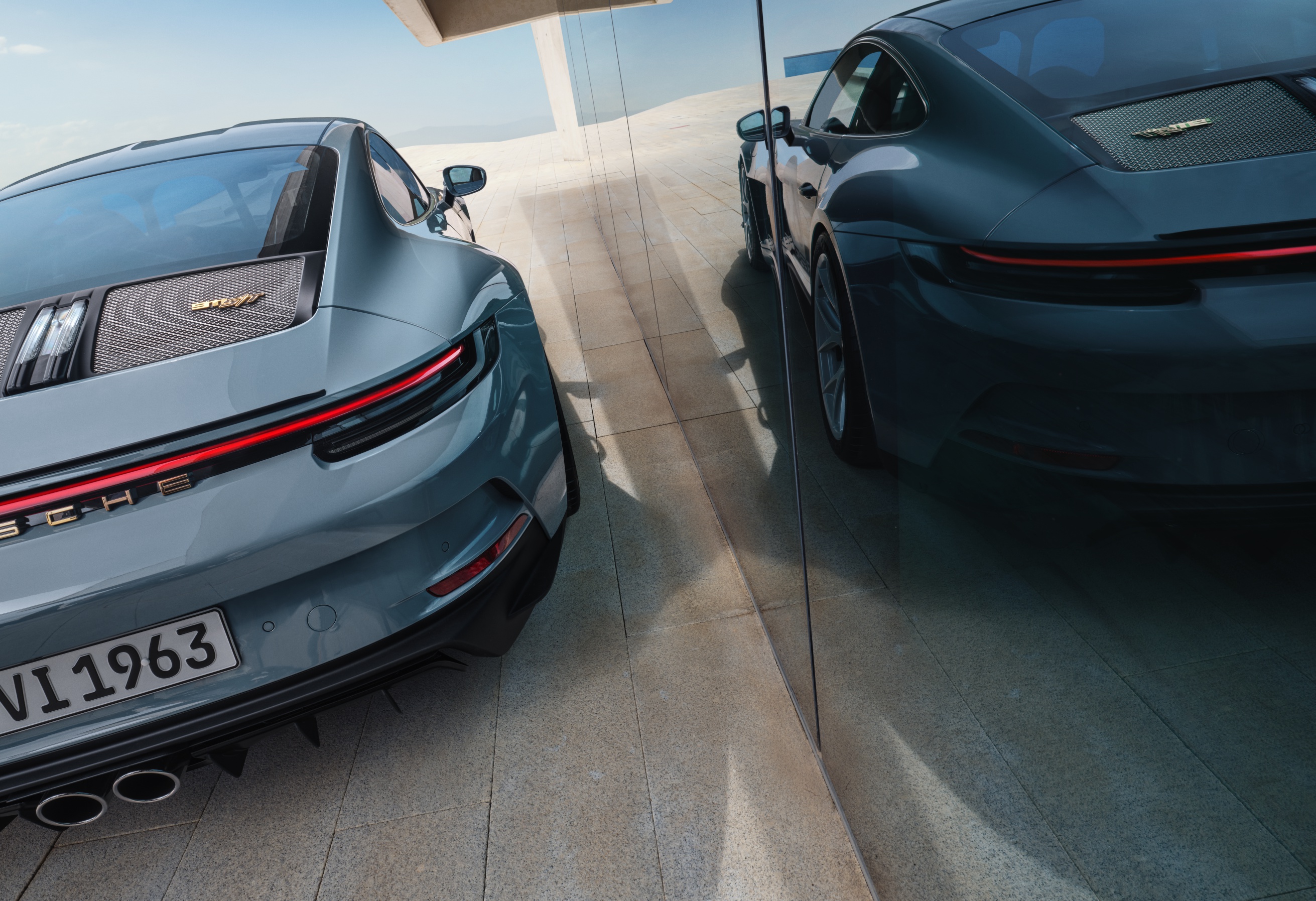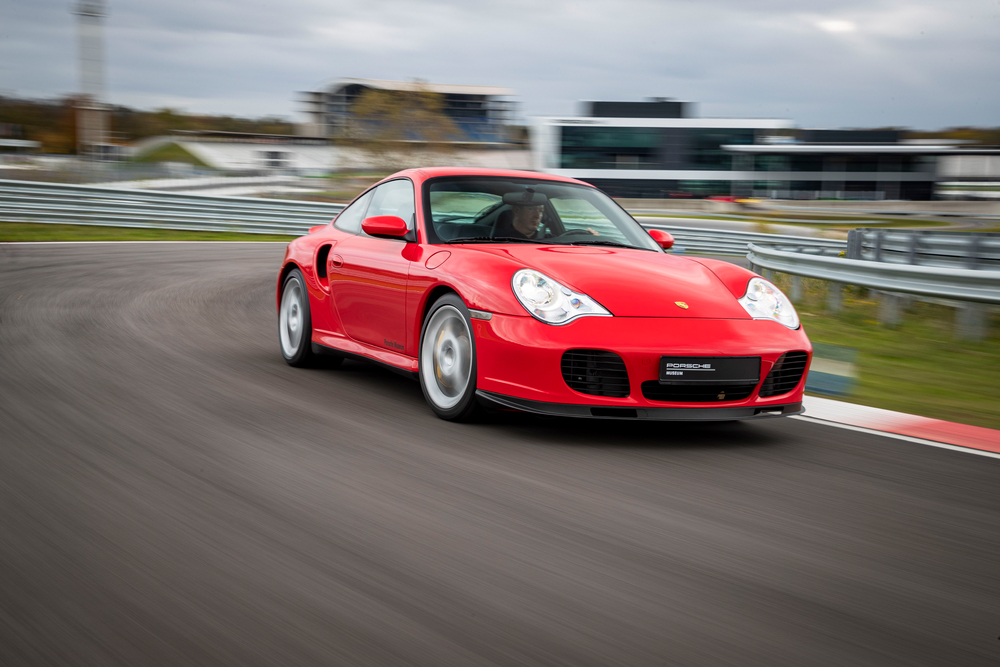
Your next Porsche 911 may be a hybrid. The electric-assisted powertrain is one of three options the German car company is making available when the new model — which has been dubbed the “992.2.” The new hybrid 911 and its non-hybrid siblings are likely to be unveiled in the next few months — though several outlets are reporting that deliveries won’t start until 2025.
Don’t confuse the hybrid 911 with something like a Prius. The T-HEV module isn’t there to help with fuel economy, provide extra range, or somehow save the planet. Instead, Porsche wants to pack more power into their potent flagship line. The hybrid’s T-HEV system adds over 80 horsepower, bringing the total output of the new 911 to roughly 480 horsepower with 475 pound-feet of torque. This is assuming the hybrid comes with Porsche’s 3.0-liter flat-six twin-turbo engine. If something with a bit more oomph is added as an option, then the output could go above 500 horsepower. The 400-volt architecture system itself may also be class-leading, with heavy inspiration being drawn from Formula 1’s KERS system.
If you hate the idea of the 911 even going slightly hybrid, other options are likely to be available. Car and Driver reports that a naturally aspirated engine will be available for the purists, and a turbocharged engine is also an option if you prefer raw performance over the primal feeling you get from putting your foot down with a naturally aspirated, flat-six, Boxer engine just behind you.
To be specific, the Carrerra and Carerra S are likely to have a 3.0-liter flat-six with a twin-turbo attached. Unsurprisingly, a twin-turbo is also present on the Turbo and Turbo S, though tits attached engineis a 3.6 liter. Finally, the naturally aspirated option is a 3.6-liter flat-six and comes with the GTS. If you want a hybrid, it’s an option on the Carrera S and GTS.

There’s potential for controversy
As with any new 911, Porsche’s upcoming effort has the potential to cause a stir. However, with the options available, any controversy is unlikely to be based on the available powertrains. If images published by Motor1 are of what we’ll eventually see on the road, then Porsche has made a bold choice when it comes to the front air intake. It’s notably taller than the current 992’s intake — and its slats run vertically instead of horizontally. Aesthetics aside, the redesigned air intake is adjustable and capable of cooling the brakes and radiator more efficiently.
The new front end could actually be the boldest style choice since the 996’s infamous “fried egg” headlights. And that particular decision didn’t go down especially well amongst the brand’s enthusiasts. Porsche owners get enthused about evolution but don’t seem too happy with the change. While the end of the air-cooled engine is lamented, the fact the 911 itself looks very similar to the model that first rolled off the production line back in 1963 is celebrated. So, in summary, extra power is good, but wacky front parts are probably bad.



